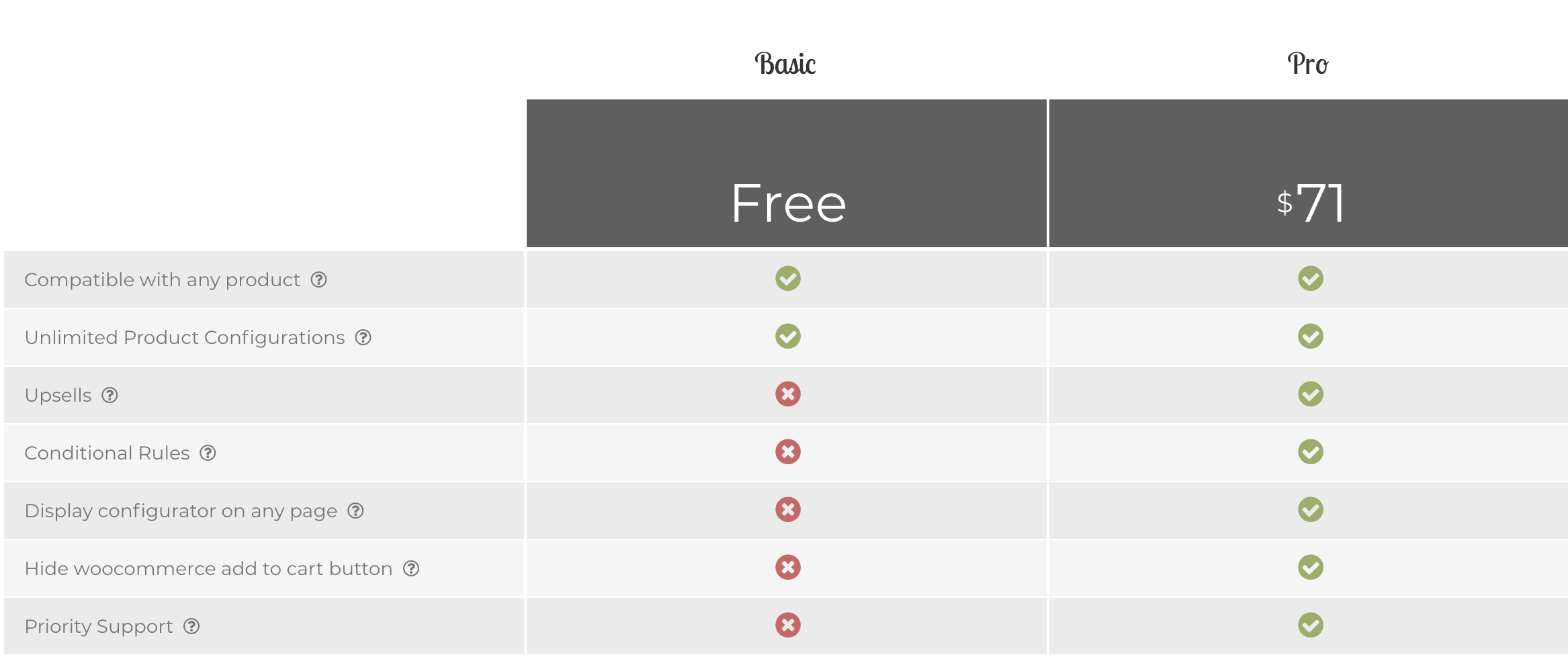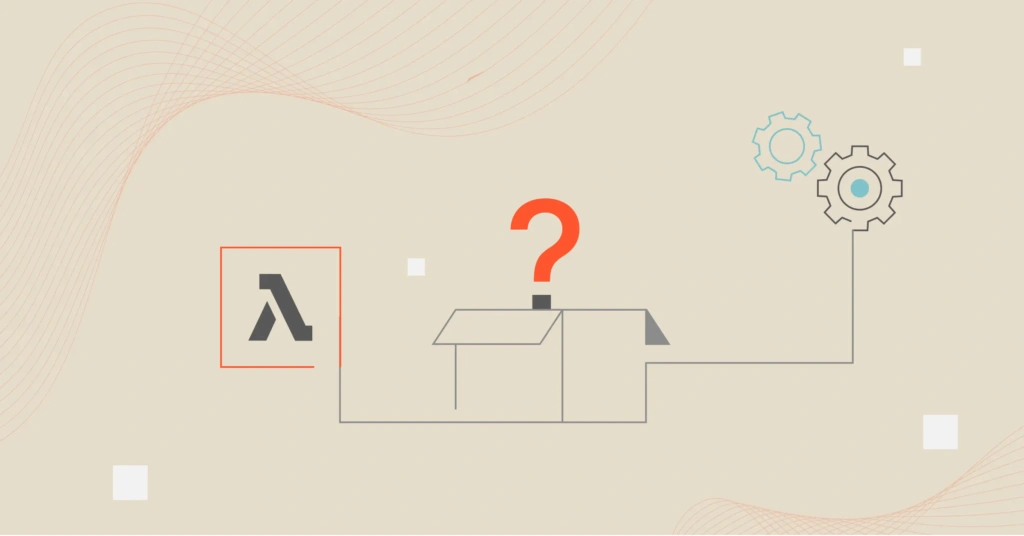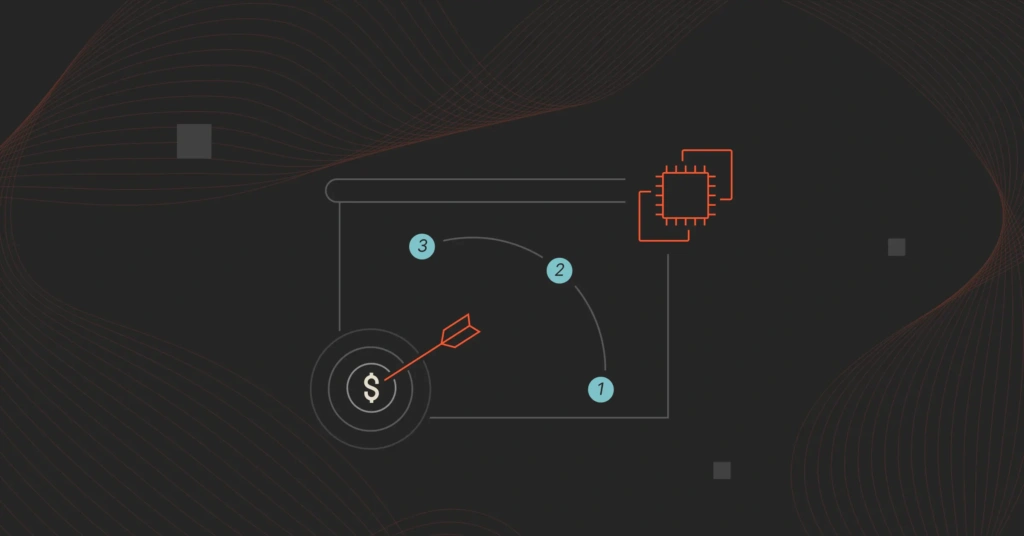VPC Pricing: A Comprehensive Guide To Understanding AWS Virtual Private Cloud Costs
Hey there, tech enthusiasts! Let’s dive straight into the nitty-gritty of VPC pricing. If you're exploring cloud computing solutions or scaling your business infrastructure, chances are you've stumbled upon AWS Virtual Private Cloud (VPC). But wait, do you really know how much it costs? Spoiler alert: VPC pricing isn’t as straightforward as you might think. Stick around, because we’re about to break it all down for you. No fluff, just actionable insights that’ll help you budget smarter.
Now, before we jump into the deep end, let’s set the stage. AWS VPC is one of the most powerful tools in Amazon’s arsenal. It allows you to create an isolated section of the AWS Cloud where you can launch your resources securely. While the service itself is free, there are other factors that contribute to your overall bill. Understanding these components is key to managing your costs effectively. So, buckle up, because we’re about to demystify VPC pricing together!
Here’s the deal: this guide isn’t just another run-of-the-mill article. We’re going to give you the inside scoop on everything related to VPC pricing. From hidden costs to optimization strategies, we’ve got you covered. Whether you’re a seasoned cloud expert or just starting out, this article will help you make informed decisions. Ready? Let’s get started!
Read also:Adalberto Martiacutenez Resortes A Celebrated Icon In Mexican Comedy
What Exactly is VPC Pricing?
Alright, let’s start with the basics. When we talk about VPC pricing, we’re not just talking about a single cost. The AWS Virtual Private Cloud itself doesn’t come with a direct charge, but the resources you use within it definitely do. Think of it like renting a house—there’s no charge for the house itself, but you still pay for utilities, maintenance, and additional services.
In simpler terms, VPC pricing revolves around the resources and features you utilize within your virtual network. This includes things like data transfer, NAT gateways, internet gateways, and more. The beauty of AWS is that you only pay for what you use, but that also means you need to keep a close eye on your usage to avoid unexpected charges.
Here’s a quick breakdown of what contributes to VPC pricing:
- Data Transfer: Moving data in and out of your VPC.
- NAT Gateways: Allows instances without public IP addresses to connect to the internet.
- Internet Gateways: Facilitates communication between your VPC and the internet.
- VPNs: Secure connections between your VPC and on-premises networks.
Key Components of VPC Pricing
Data Transfer Costs
Data transfer is one of the biggest contributors to VPC pricing. Here’s the thing: transferring data within the same Availability Zone is free, but as soon as you start moving data between zones or out of the AWS Cloud, you’re looking at charges. These rates vary depending on the region and the amount of data being transferred.
For example, transferring data out of the AWS Cloud can cost anywhere from $0.09 to $0.19 per GB, depending on the region. If you’re running a global operation, these costs can add up quickly. That’s why it’s crucial to plan your data transfer strategy carefully.
NAT Gateways
NAT gateways are another significant cost factor. These allow instances without public IP addresses to access the internet securely. The pricing model for NAT gateways includes two components: the hourly charge for the gateway itself and the data processing charge.
Read also:Lawmakers Urge Feds To Exonerate Hero Cop Who Unwittingly Spied For The Chinese Lost Everything Never Wavered
Currently, NAT gateways cost around $0.045 per hour, plus $0.045 per GB of data processed. If you’re using multiple NAT gateways or transferring large amounts of data, this can become a substantial expense. However, the trade-off is enhanced security and reliability for your network.
Internet Gateways and Their Role in VPC Pricing
Internet gateways are essential for enabling communication between your VPC and the internet. While internet gateways themselves are free, the data transfer costs associated with them can rack up. As mentioned earlier, data transfer out of the AWS Cloud is charged based on the region and volume.
It’s worth noting that internet gateways are a shared resource, meaning you don’t need to worry about provisioning or scaling them manually. However, you should still monitor your data transfer usage to ensure you’re not overspending.
VPNs and Their Impact on VPC Pricing
Site-to-Site VPNs
Site-to-site VPNs are used to establish secure connections between your VPC and on-premises networks. These are charged based on the number of hours the VPN connection is active and the amount of data transferred.
Currently, site-to-site VPNs cost around $0.05 per hour per VPN connection. Additionally, there’s a data processing charge of $0.05 per GB. If you’re running multiple VPN connections or transferring large volumes of data, this can become a notable expense.
Client VPN Endpoints
Client VPN endpoints allow remote users to securely access your VPC. The pricing model for client VPN endpoints includes an hourly charge for the endpoint itself and a per-connection charge.
Client VPN endpoints cost around $0.05 per hour, plus $0.01 per hour per active connection. While this might seem negligible, it can add up if you have a large number of users accessing your VPC simultaneously.
Hidden Costs in VPC Pricing
Now, let’s talk about the elephant in the room: hidden costs. While AWS does a pretty good job of laying out the pricing structure, there are still some costs that might catch you off guard if you’re not paying attention.
For instance, Elastic IPs are free as long as they’re associated with a running instance. However, if you leave an Elastic IP unattached, you’ll be charged $0.005 per hour. Similarly, Elastic Load Balancers (ELBs) come with their own set of charges, including hourly rates and data processing fees.
Another potential pitfall is unused resources. If you provision resources that you don’t fully utilize, you’re essentially throwing money away. That’s why it’s important to regularly review your resource usage and optimize accordingly.
Strategies for Optimizing VPC Pricing
Right-Sizing Your Resources
One of the best ways to optimize VPC pricing is by right-sizing your resources. This means ensuring that you’re using the right amount of compute, storage, and network capacity for your workload. Tools like AWS Trusted Advisor can help you identify underutilized resources and suggest optimizations.
Monitoring and Alerting
Another effective strategy is setting up monitoring and alerting for your VPC resources. AWS CloudWatch allows you to track metrics like data transfer, NAT gateway usage, and VPN connection activity. By setting up alarms for unexpected spikes in usage, you can avoid surprise bills and take corrective action promptly.
Cost Management Tools
AWS provides several cost management tools that can help you keep your VPC pricing in check. The AWS Cost Explorer allows you to visualize your spending trends and identify areas for improvement. Additionally, AWS Budgets lets you set custom budgets and receive alerts when you’re approaching your spending limits.
Real-World Examples of VPC Pricing
Let’s take a look at a couple of real-world examples to see how VPC pricing plays out in practice.
Example 1: A small business with a single VPC in the US East region. They use one NAT gateway, transfer 50 GB of data out of the AWS Cloud monthly, and have a site-to-site VPN connection active for 730 hours. Their estimated monthly bill would be:
- NAT Gateway: $3.28 ($0.045 x 730 hours + $0.045 x 50 GB)
- Data Transfer: $4.50 ($0.09 x 50 GB)
- Site-to-Site VPN: $36.50 ($0.05 x 730 hours)
- Total: $44.28
Example 2: A medium-sized enterprise with multiple VPCs across different regions. They use three NAT gateways, transfer 2 TB of data out of the AWS Cloud monthly, and have five site-to-site VPN connections active for 730 hours each. Their estimated monthly bill would be:
- NAT Gateways: $98.40 ($0.045 x 3 x 730 hours + $0.045 x 2000 GB)
- Data Transfer: $180.00 ($0.09 x 2000 GB)
- Site-to-Site VPNs: $182.50 ($0.05 x 5 x 730 hours)
- Total: $460.90
Best Practices for Managing VPC Pricing
Adopt a Cost-Aware Culture
Managing VPC pricing isn’t just about using the right tools; it’s also about fostering a cost-aware culture within your organization. Encourage your teams to think critically about resource usage and explore cost-effective alternatives whenever possible.
Regularly Review Your Architecture
As your business grows and evolves, so should your VPC architecture. Regularly reviewing your architecture ensures that you’re using the most efficient and cost-effective solutions. This might involve consolidating resources, migrating to newer services, or adopting different pricing models.
Stay Updated with AWS Announcements
AWS frequently updates its pricing models and introduces new services that can help you save money. Staying informed about these changes can give you a competitive edge and help you optimize your VPC pricing.
Conclusion: Taking Control of Your VPC Pricing
Alright, folks, that wraps up our deep dive into VPC pricing. By now, you should have a solid understanding of the key components, hidden costs, and optimization strategies involved in managing your VPC expenses. Remember, knowledge is power, and the more you know about VPC pricing, the better equipped you’ll be to make informed decisions.
So, what’s next? Take a moment to review your current VPC setup and identify areas for improvement. Use the tools and best practices we’ve discussed to optimize your costs and ensure you’re getting the most bang for your buck. And don’t forget to share this article with your colleagues—they’ll thank you for it!
Lastly, if you have any questions or want to share your own VPC pricing experiences, drop a comment below. We’d love to hear from you! Until next time, stay tech-savvy and keep those costs under control.
Table of Contents
- What Exactly is VPC Pricing?
- Key Components of VPC Pricing
- Internet Gateways and Their Role in VPC Pricing
- VPNs and Their Impact on VPC Pricing
- Hidden Costs in VPC Pricing
- Strategies for Optimizing VPC Pricing
- Real-World Examples of VPC Pricing
- Best Practices for Managing VPC Pricing
- Conclusion: Taking Control of Your VPC Pricing


